China slow to come back
China, the world’s second-largest economy and a spending powerhouse of more than $280 billion annually before the pandemic, is still rebuilding from the Covid-19 crisis. The government has maintained pandemic containment measures such as city lockdowns longer than anywhere else in the world, leaving many people reluctant to venture out again, even after the “zero Covid” policy was scrapped.
A survey released in late April found that more than 30% of Chinese tourists had ruled out traveling abroad by 2023.
The Association of Asia Pacific Airlines says it will take at least a year for China to return to pre-pandemic international air travel levels. Travelers are traveling domestically at a similar pace to 2019, but a wider opening will take time (China is currently only piloting outbound group travel to about 60 destinations).
China’s slow reopening has airlines worried about getting all their planes back in the air, leading to fewer seats on international routes, squeezing demand and pushing up airfares. Flights to China are currently few and far between.
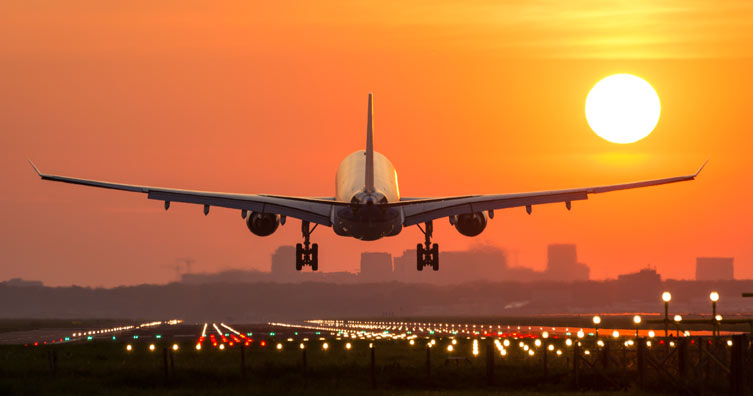
Airfares continue to skyrocket even though the pandemic is long over
Shortage of staff
Airlines have lost nearly $200 billion due to Covid-19 and tens of millions of jobs have been cut. The travel industry has rebounded impressively, but the airline industry is struggling to fully rehire. Many former, highly trained employees have decided to change careers entirely when they take on more stable jobs.
The labor shortage has exacerbated delays at airport check-in counters, immigration counters and baggage carousels. Airlines are scrambling to attract and retain workers, which means offering better pay. That has led to higher airfares as airlines try to recoup the extra costs.
High fuel prices
Fuel prices have cooled over the past year, but crude is still 50% more expensive than it was in January 2019, leaving airlines struggling because fuel is their biggest cost. Many airlines, especially low-cost ones, do not hedge their fuel risk, so they face more difficulties…
Airlines contribute more than 2% of the world’s carbon emissions, but lag behind most other businesses in their commitment to a cleaner future. That’s partly because the only viable solution right now – sustainable aviation fuel – costs five times more than traditional jet fuel.
According to the International Air Transport Association, the industry will have to pay $2 trillion to go carbon neutral by 2050. Airlines will have to raise fares to cope, making flying even more expensive.
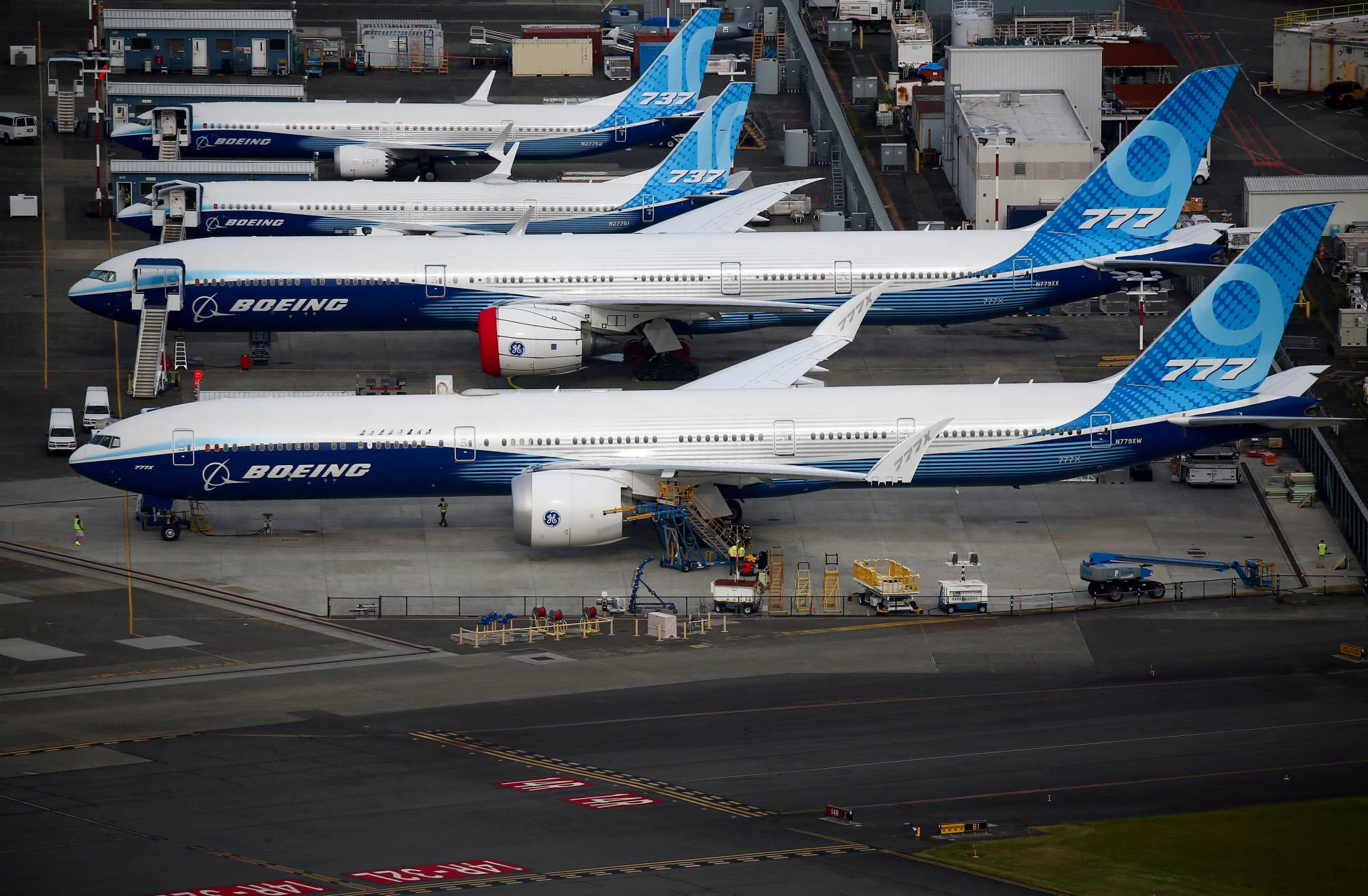
Airlines have largely grounded their fleets as travel demand has slowed during the pandemic and now can't restart quickly.
Scarcity of aircraft
As many as 16,000 planes — about two-thirds of the world’s commercial fleet — were grounded at the height of the pandemic. Getting them flying again is a huge task that involves scrutinizing every part for safety. Many are kept in yards in the US and Australia, where they are less subject to wear and tear, but can still suffer from issues like damaged interiors and engines.
On top of that, aircraft manufacturers are falling behind, with labor shortages at subcontractors causing production delays. Sanctions related to Russia are also making it harder for Airbus, Boeing and their suppliers to secure raw materials like titanium, pushing up the price of parts.
Airlines like Spirit Airlines and India’s IndiGo have been forced to ground new planes due to parts shortages and manufacturers struggling to build new turbines. Some new-generation technologies also require more frequent maintenance because parts wear out faster.
With the current problems, international airfares are expected to increase by double digits this summer, after rising as much as 15% last year.
Consumers are willing to pay more for airfares after not traveling for two or three years. A Booking.com survey of more than 25,000 adults planning to travel in the next 12 to 24 months found that many want to “indulge” their itineraries to make up for past “losses.”
Source link











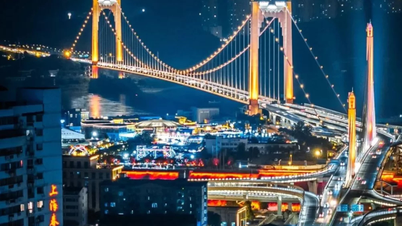










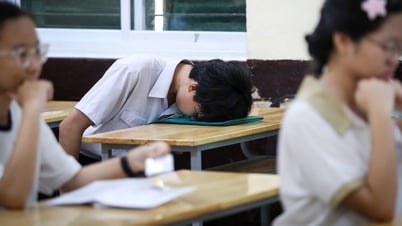

















































![[OCOP REVIEW] Tu Duyen Syrup - The essence of herbs from the mountains and forests of Nhu Thanh](https://vphoto.vietnam.vn/thumb/402x226/vietnam/resource/IMAGE/2025/6/5/58ca32fce4ec44039e444fbfae7e75ec)












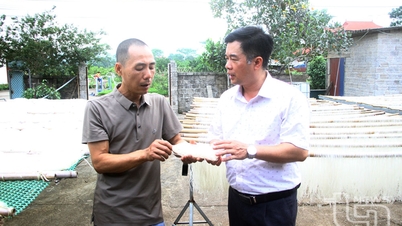





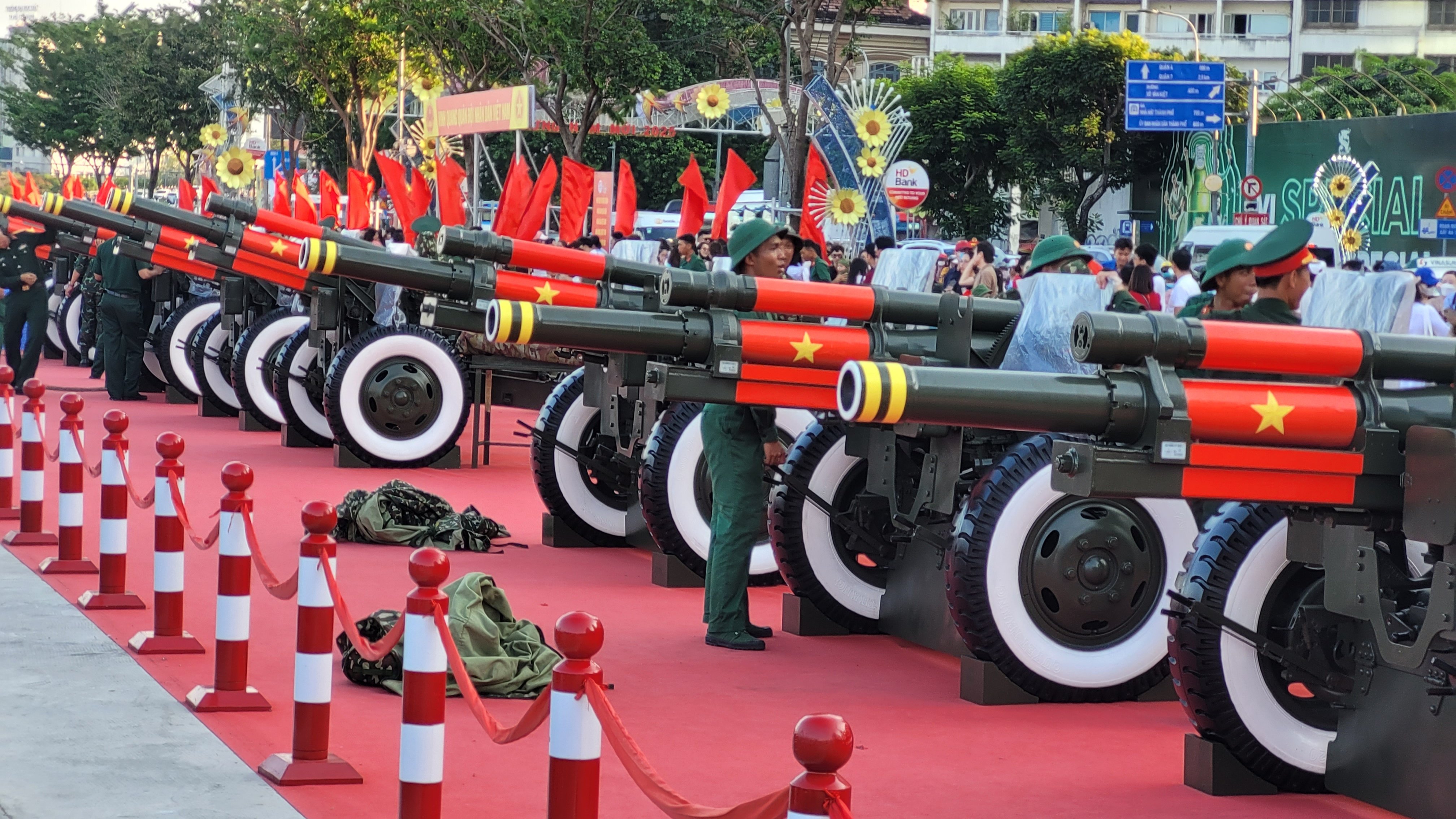



Comment (0)